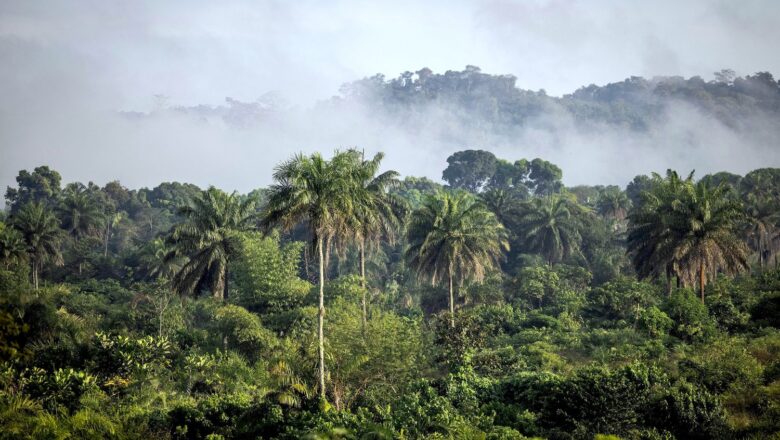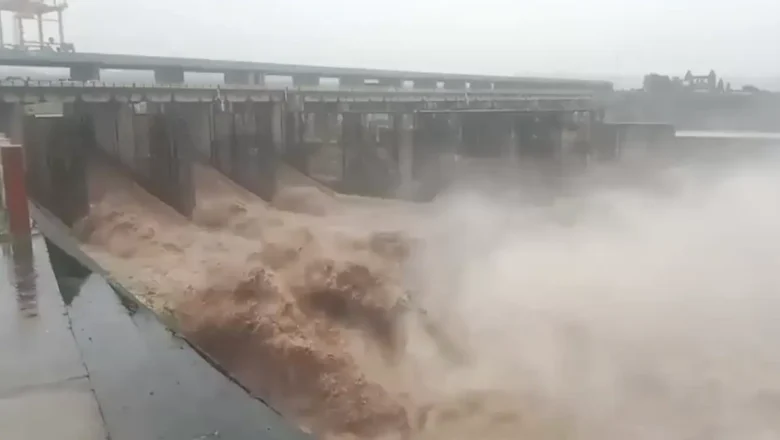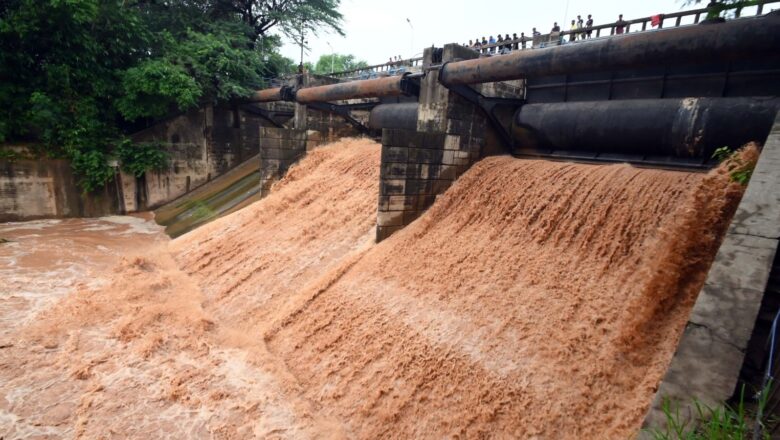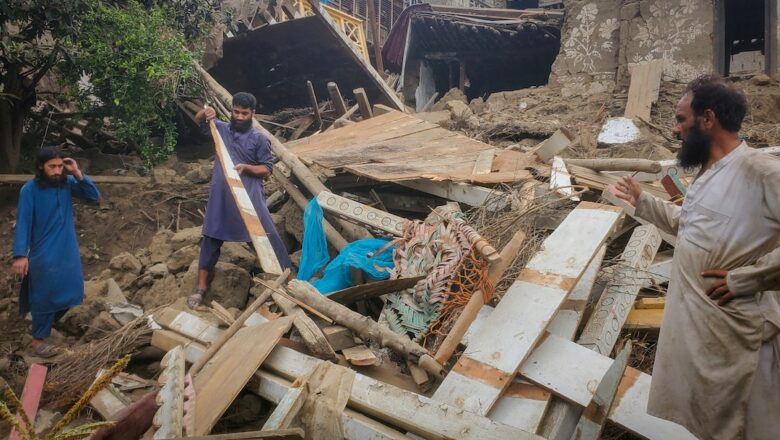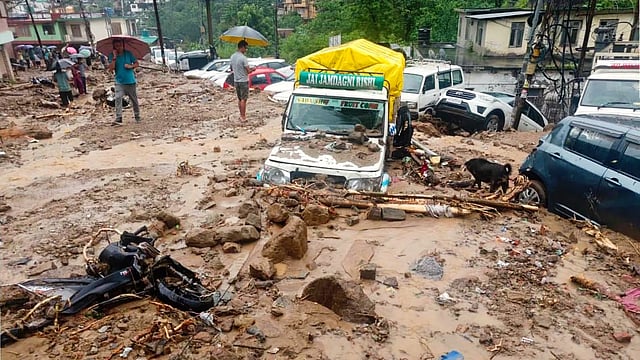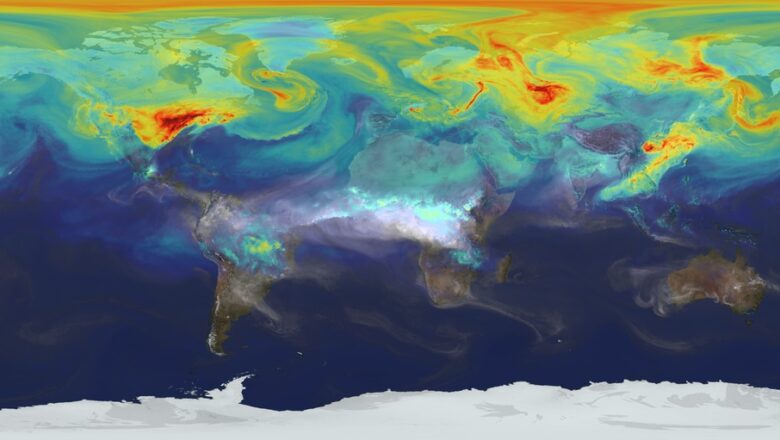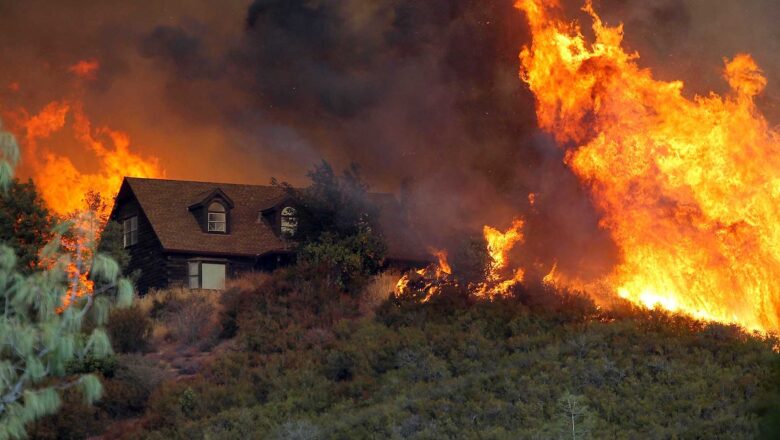
Study Reveals How ‘Home Hardening’ and ‘Defensible Space’ Can Halve Wildfire Destruction
BERKELEY, CA – A new study from the University of California, Berkeley, provides compelling evidence that two key wildfire mitigation strategies home hardening and defensible space can drastically reduce the destructiveness of wildfires. The research, published in Nature Communications, shows that a combination of these measures can double a building's chance of surviving a blaze, potentially cutting structure losses by as much as 50%.
The findings come as California communities grapple with the aftermath of devastating wildfires, including the recent fires in Los Angeles that caused billions in damages and displaced thousands.
Actionable Data for a Fiery Future
The study, led by Associate Professor Michael Gollner and postdoctoral scholar Maryam Zamanialaei, used a sophisticated ...

